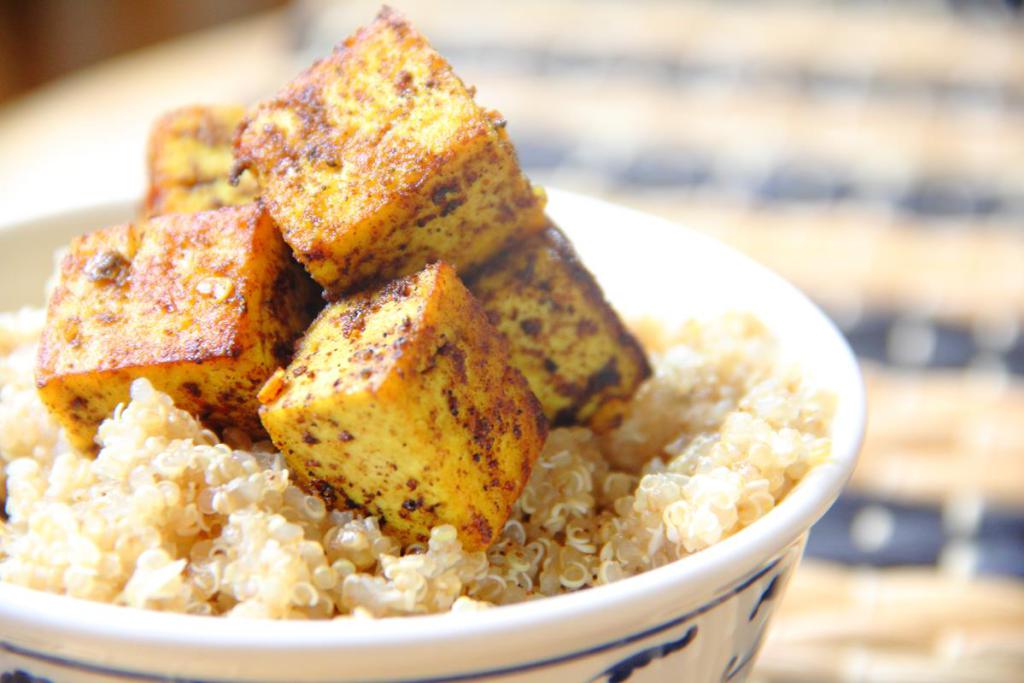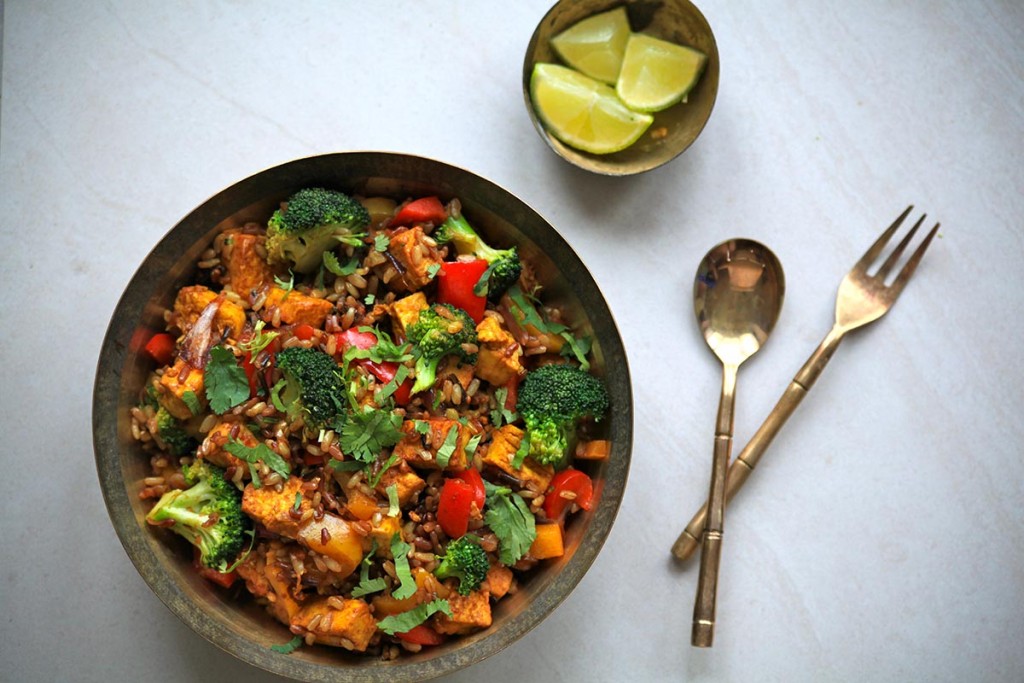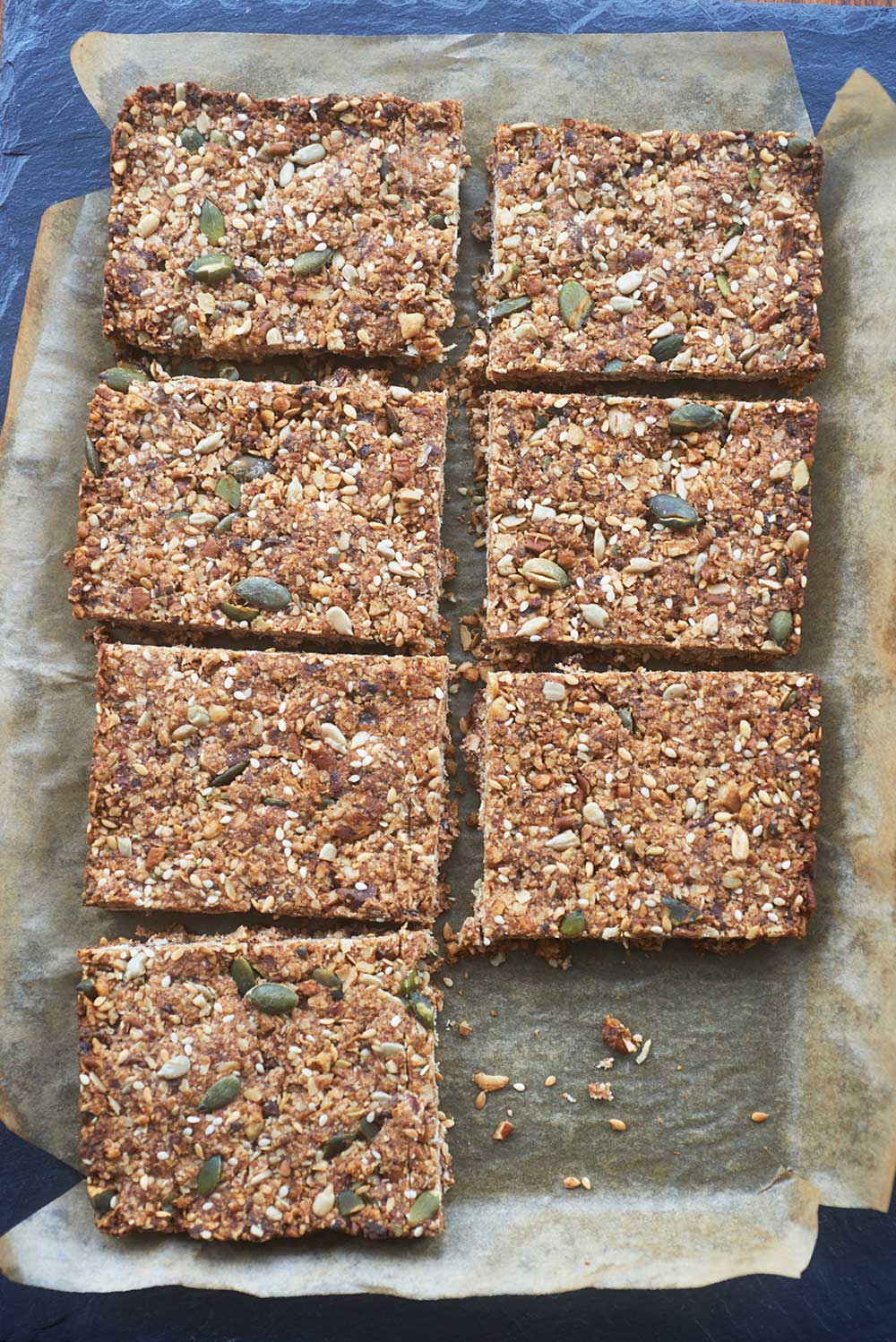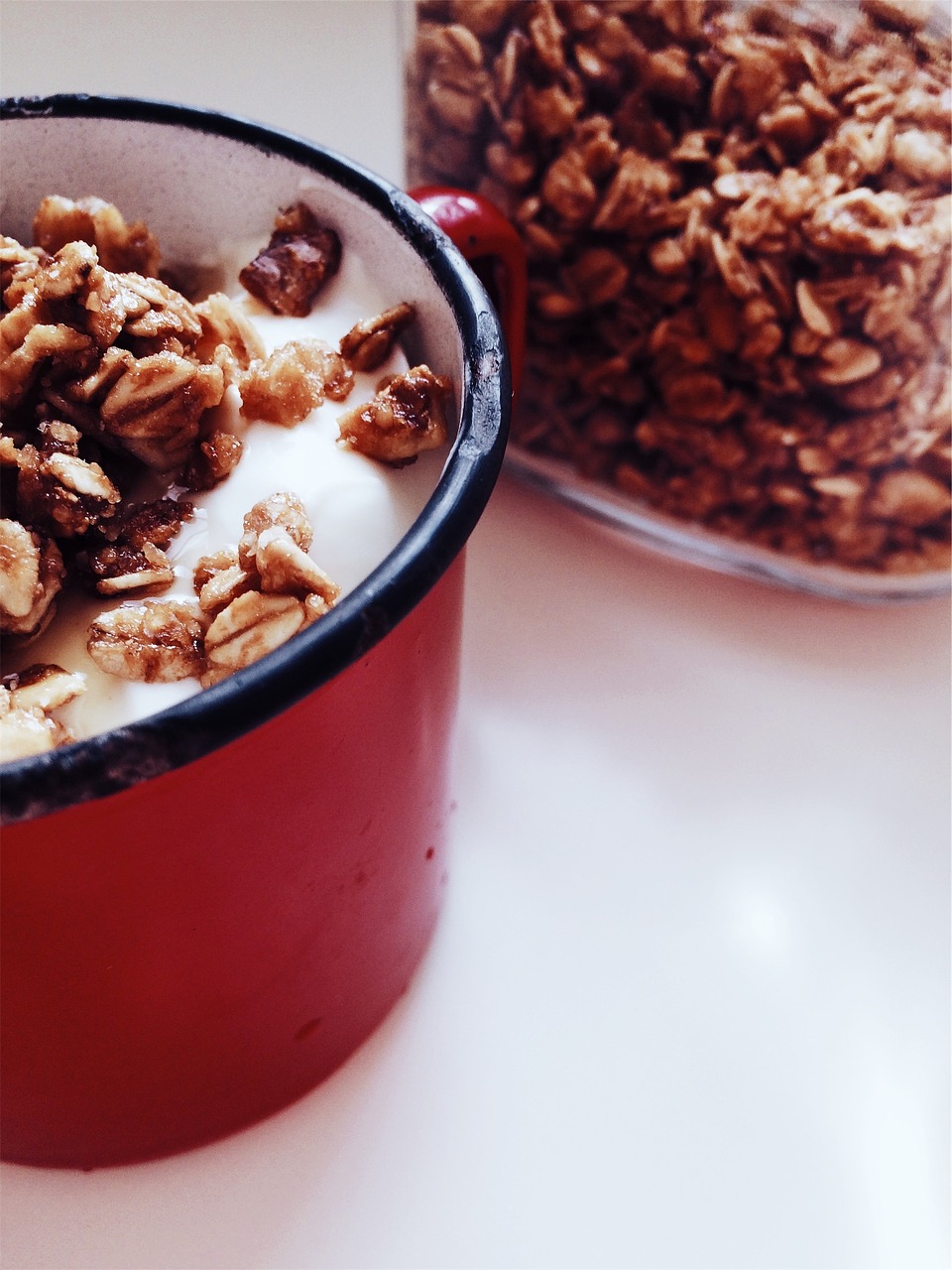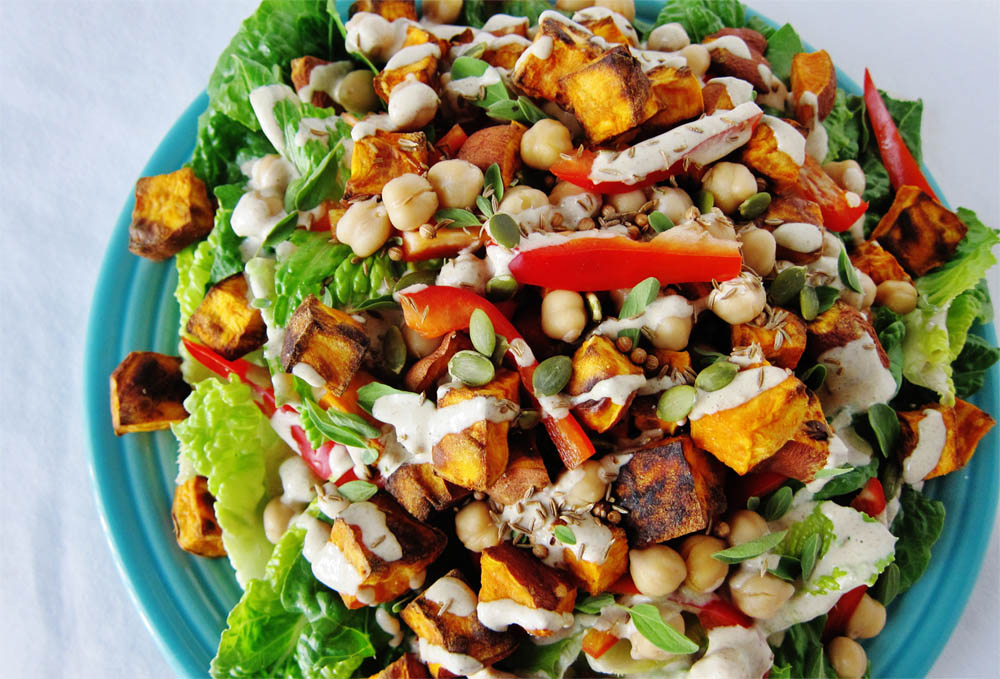It’s a common belief that to get calcium in your diet, you must be consuming lots of cow’s milk and other dairy products. The fact is that there are lots of dairy-free sources of calcium, many of which actually contain higher levels than milk does. Here are some of our suggestions…
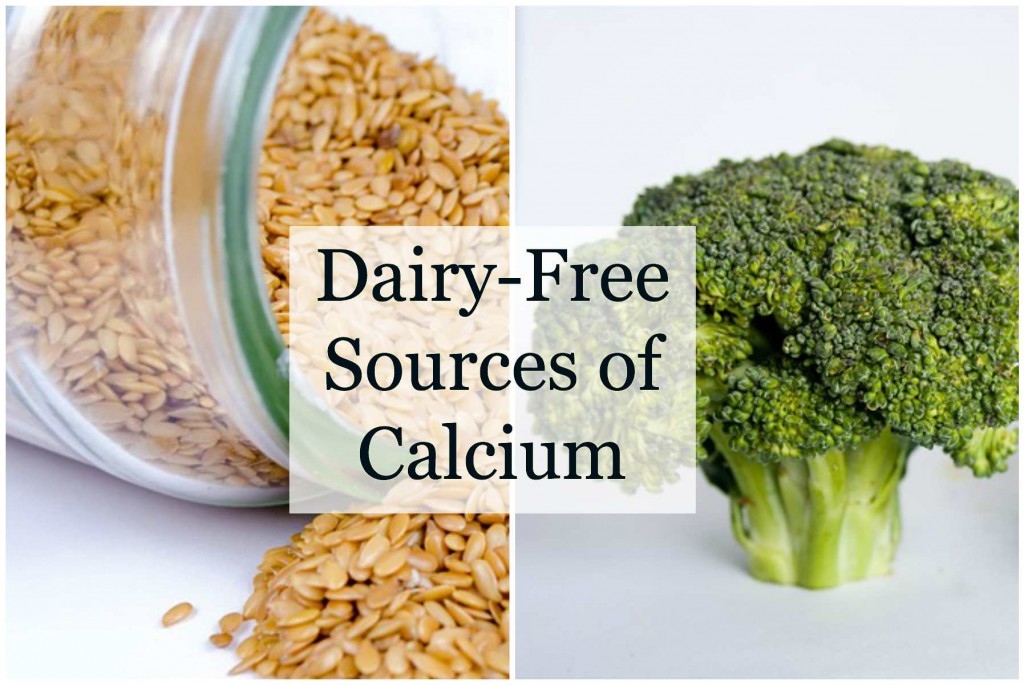
1. TOFU
Tofu is packed with calcium, because it’s made with soybeans. It’s a fantastic addition to any meal as a source of protein, too. Try this grilled teriyaki tofu recipe or this carribean tofu with coconut quinoa.
2. BROCOLLI.
Alright so it’s perhaps not your first thought when it comes to calcium, but broccoli has lots of it. It makes a great addition to rice and curry dishes, like this turmeric and wild rice dish and even as a pesto. Green vegetables in general are packed with calcium, some others to try include watercress and kale.
3. SESAME SEEDS
Sesame seeds are not only a great source of calcium, but also fibre, vitamin E and minerals like iron and magnesium. They’re so easy to add to biscuit recipes, breads and salads. Why not try these gluten-free granola bars, or this nut seed loaf.
4. CALCIUM ENRICHED MILK ALTERNATIVES
This means soy, almond, oat, coconut or any other dairy-free milk alternatives. These are usually packed with added calcium, so it’s no harm getting one with high levels of it. Just don’t rely solely on this for your calcium intake, of course.
5. CHICKPEAS
Last but not least are chickpeas, which make a great part of a nutritious salad. Try this sweet potato and chickpea dish, or make your own radiance bowl like this one, packed with all your favourite vegetables.
Why is calcium important?
Calcium is an important part of your diet, together with essential vitamins and regular exercise. It’s significant in the growth of bones and teeth, and in the regulation of muscle contraction and blood clotting. Caffeine is also known to reduce calcium absorbency so try to lessen the amount in your diet where possible, and get plenty of sunshine when you can to boost your vitamin D.
Check out our guide to a dairy-free diet for more information on what to avoid, and substitution ideas. Plus we’ve got plenty of dairy-free recipes for you to try. For even more recipes, guides and interviews, grab a copy of the magazine.

